Beauty standards of the past, which today looks really strange
In an era of completely mistaken aesthetics, as far as the appearance is concerned - fluctuating between the two extremes - naturally against artificially, at a time when you can correct yourself, have more fleshy lips, express cheekbones, perfect nose chip and even more hair, the standards of what's beautiful are totally fuzzy. Looking back to the past, it turns out that the standards of beauty and sophistication are a dynamically changing figure that has not only acquired grotesque dimensions today. And while makeup is an experiment on our face that we can easily erase and try again and again, there have been beauty standards in the past that are more horrible and weird and some of them - irreparably painful.
A big forehead for Renaissance beauty
If you've ever seen pictures from the Renaissance and wondering why women seem strange in them, the problem is not with you. The huge open forehead was an indicator of whether the woman was beautiful. That is why the ladies removed some of the hair over their forehead, sometimes even shaving it to make it look bigger.
Painted feet - a hit during the Second World War
Nylon pantyhoses have been found to be deficient during the Second World War, but it was considered fashionable and beautiful women's feet to have a certain color. That's why a variety of dye paints have emerged on the market that have instantly become a hit. According to the 1942 LIFE Magazine, "when paint is applied correctly, even the most observable person can hardly distinguish painted feet from those in pantyhose." Some women even dyed their legs with sauerkraut to achieve the effect of nylon tissue.
In China they liked small legs
The deformation of the foot by pushing is one of the few unpopular forms of modification of parts of the body, but how it has become a hit in China - nobody knows. However, it is known that the popular practice was so ubiquitous that even the women and daughters of the aristocrats began to apply it. The idea is to raise the fabric tightly while the girl is about 5 to 7 years old to allow the bone to bend and deform so much that the foot can bend and the fingers can hide in its lower part. This painful and cruel practice was based on the fetishist and naturalistic understanding of small legs.
Ancient Mayas did not like the natural shape of their skulls
It is believed that around 1000 BC, the ancient Mayans have begun to modify the skulls of their children early in life due to aesthetic attitudes. The child's head was attached to a piece of wood or other object designed to deform the skull. This was caused both by boys and girls and was associated not with marking the social situation but with the pursuit of aesthetic beauty. Practice has also been observed in other cultures throughout the years - Huns, Hawaiians, Tahitians, Incas, and the Chinook and Choctau tribes in North America.
Long nails
This is modern today, you will think, but in fact the Chinese have a long history of aesthetic perception of long nails. Men and women during the Qing dynasty had their nails between 20 and 25 cm in length, and some of the women wore golden thorns to protect their nails from damage. It was a symbol of their position in society, demonstrating that they did not have to do any work with their hands. Instead, they relied on servants who fed and dressed them.
Men in the Middle Ages enjoyed their beautiful legs
Over the centuries, to date, female legs have been a common object of adoration. In the Middle Ages, however, men retained the right to also show sexy appearance, demonstrating the tempting forms of their feet. This is how the medieval tendency for men to wear white pantyhose and calf. Some of them even used stuff to make their calves appear more embossed. For example, King Henry VIII was known for his incredibly sculpted rods.
The lashes were not in fashion during the Renaissance
The Europeans during the Renaissance obviously took great care of their appearance. Besides the strange practice of artificially increasing their foreheads, they had to remove their lashes. This was due to the fact that the lashes were contrary to the notions of a beautiful woman's face. It must have been painful.
The Japanese stood out with their black teeth
If you are not a fan of your toothbrush, it's a good alternative for you. For thousands of years, the Japanese have deliberately blackened their teeth, especially after marrying. This continued in the 19th century, with black teeth not only being a symbol of beauty, but also of devotion to their husbands.
Charming moles were a symbol of class
In the 18th century, the previous standard for a fairly beautiful face was shifted by heavy makeup. Women have not only begun to make makeup, but also to put artificial moles on their faces. These were miniature textile pieces that stuck to the skin, and the variety of shapes were immense - stars, hearts, circles and squares. And placing them in certain places on their face had their meaning - for example, a mole placed around the mouth spoke of the woman being prone to flirtation, and a mole on the right cheek signaled that she was married.
A pale, transparent skin and veins passing through it
In the 17th century, in England, the pale face was a symbol of beauty and grace, as women used plenty of white powder to enhance the effect. In addition, to make their skin look even brighter and more transparent, they often painted blue veins on their skin, as if they were seeing through their flesh veins. Another hit became the deep necklines that made the female bust one of the most attractive parts of the body.
Erotic piercing
You think this is a fashion that has only entered the last century, but you are actually wrong. The erotic piercing was a real hit during the Victorian era. Behind the tight, conservative and mostly black outfits, there were small secrets. In Victorian England, rich women often put earrings on their nipples, even linking them to a chain. For men, the situation was even more extreme, they put piercings on their genitals. This type of "ornament" in men was called Prince Albert, and the Prince was thought to be the first to have this style.
The beauty line in Ancient Greece and Iran
You think there is no connection between Ancient Greece and Iran? What's more, in terms of beauty standards? In fact, it unites them a different perspective on beauty, manifested in different epochs. For ancient Greeks, one of the most beautiful things in a woman was to have an eyebrow or, to be more precise, united eyebrows. And if the woman did not have the natural hair between her eyebrows, she used natural paints to draw the missing link. The same standard was made in Iran during the Kajar dynasty in the 18th century. Frida Kahlo is a symbol of this type of aesthetics.
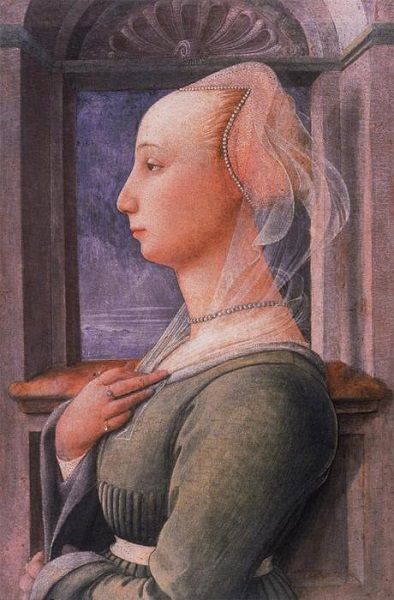
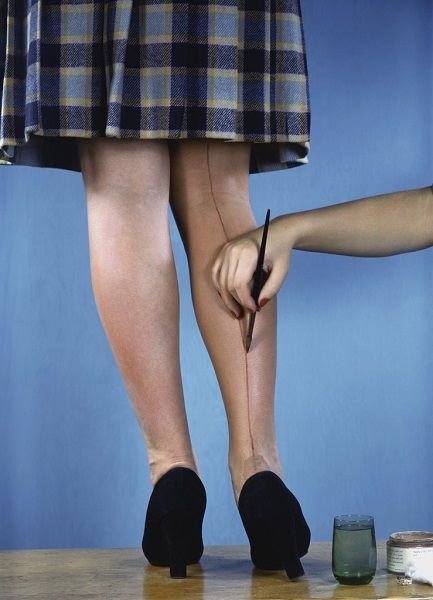
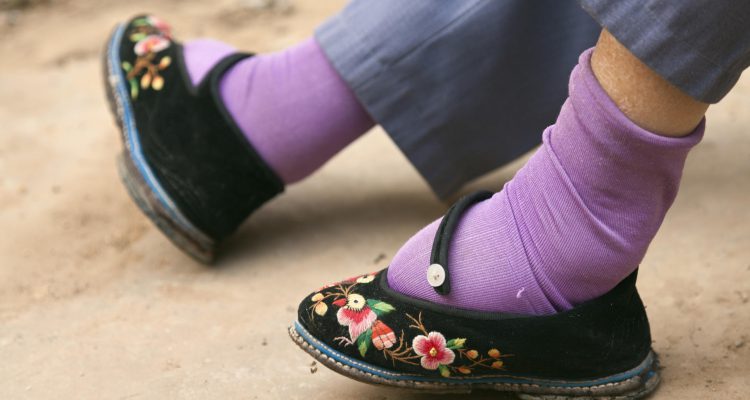
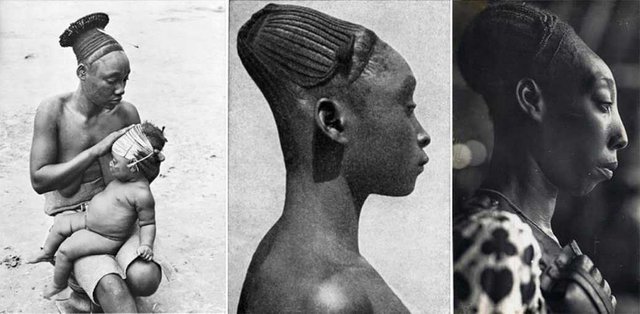
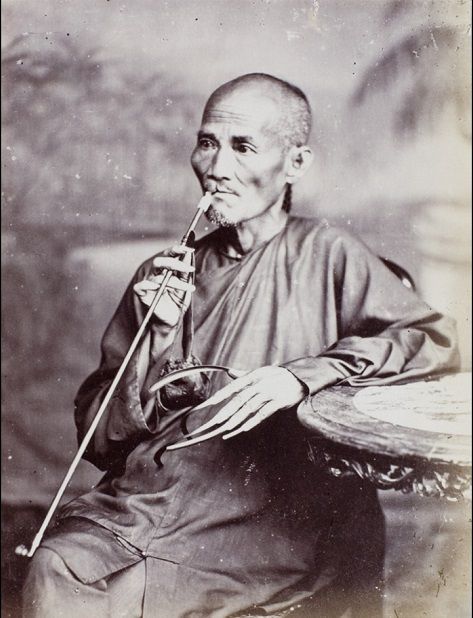

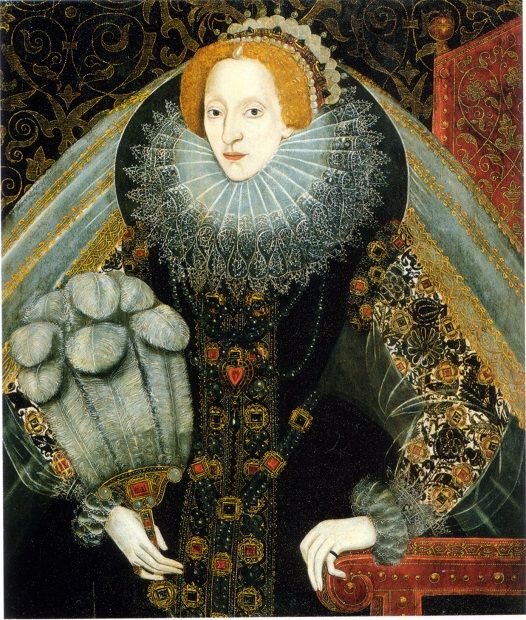
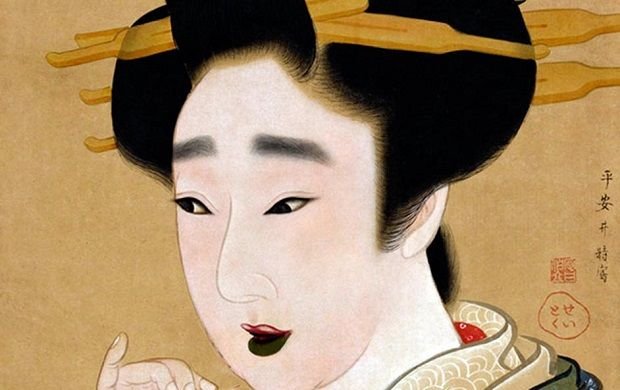
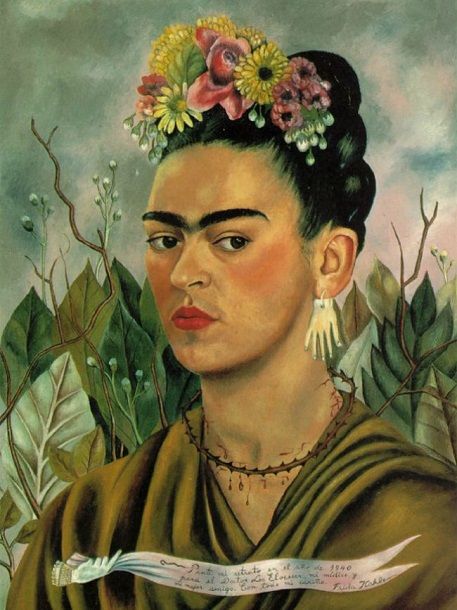
Changing standards of beauty is so fascinating. People assume anything out of the ordinary is wrong and yet if we took a time machine back only 100 years we would be seen as very strange just for looking like what is "normal" for our time and culture.
I've really enjoyed your posts, keep'em coming!
Thank you :)
this was a very interesting read! nice work!
Thank you :)
Beauty indeed varies from time and area. In some parts of the Philippines, before women are considered beautiful when they have tattoos in their bodies.
Well, I think this trend with the tattoos is coming back :D
Yes, and I do not have problems with it. It is their body anyway. :)
Hair color changes are becoming more popular with each passing day. With millions of people suffering from color-related issues, the need for a reliable and affordable solution has never been more remarkable. Color-changing products can be utilized to achieve different results using various methods, techniques, products, and integrations. The main objective here is to change your natural hair color by giving you the option to have your natural hair color at any given time. I wanted to change my natural color because I thought it didn't match my eyes. I searched on the internet what hair color for green eyes is the best.